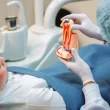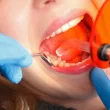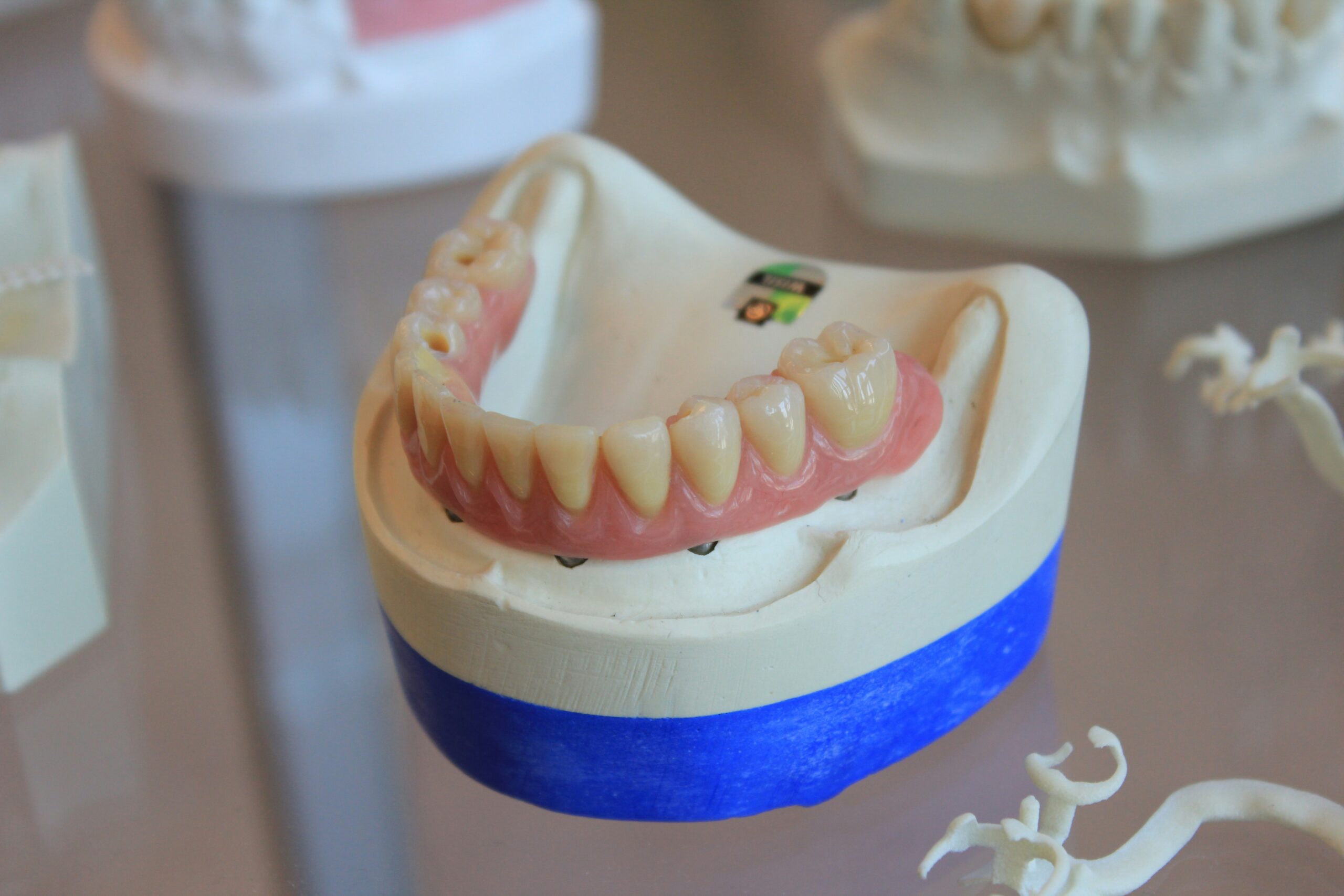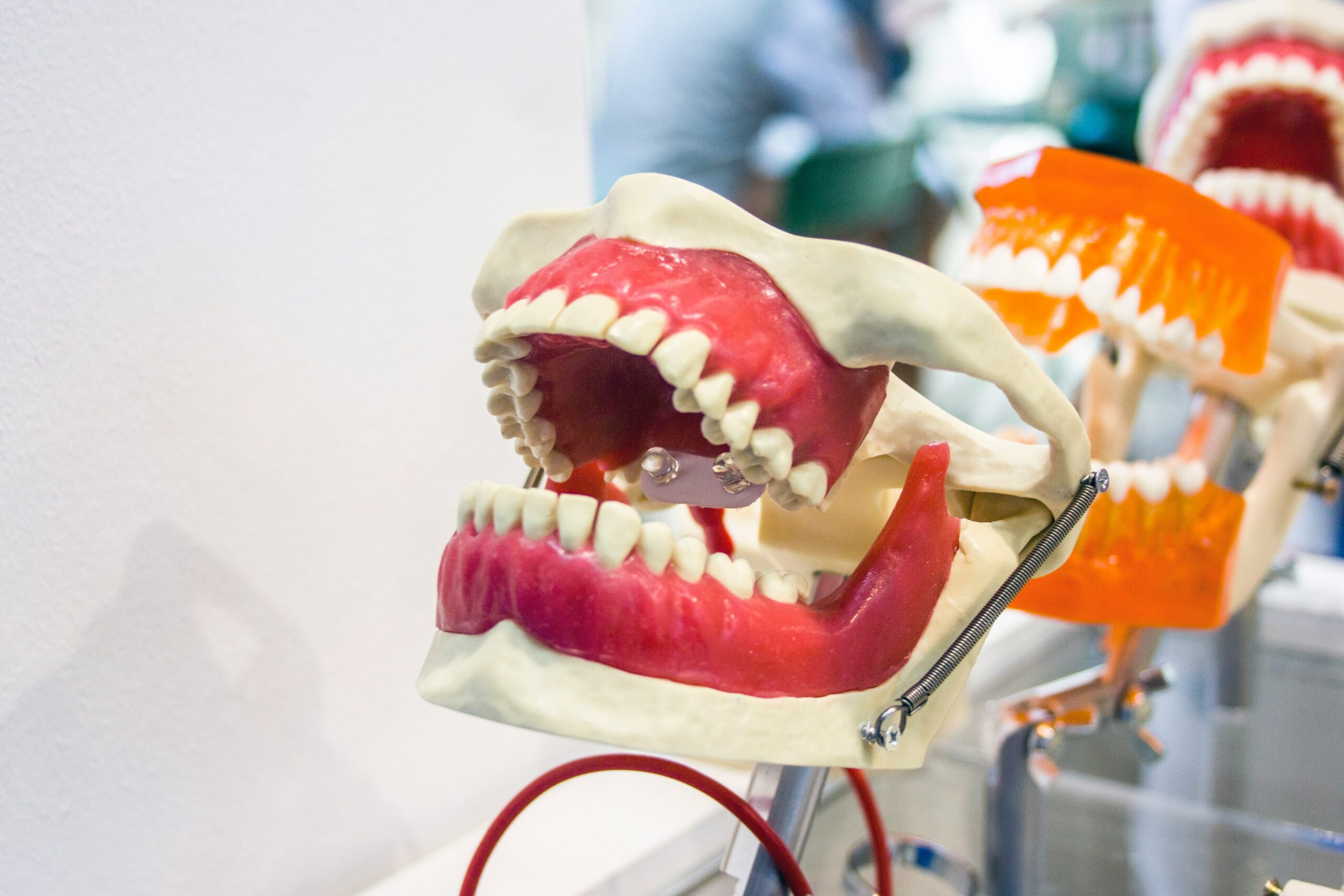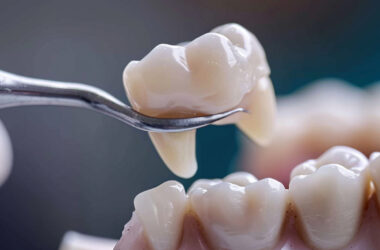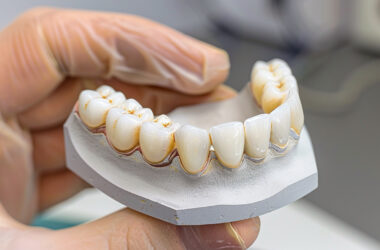Do you have a damaged, broken, or decayed tooth? Your dental health care provider might have recommended you get a dental cap or crown to restore your tooth’s health. While both options function similarly, they possess unique differences, merits, and drawbacks worth noting.
Here’s your guide to dental cap vs crown, highlighting the differences to help you decide on which option is best for you.
What Is a Dental Crown?
A dental crown is a tooth-shaped cover placed atop a tooth to restore its size, shape, strength, and look. It usually helps to treat a cracked or damaged tooth or severe tooth decay while being used to cover up dental implants and protect them from damage.
Most times, patients choose porcelain as their preferred dental crown material, courtesy of its ability to blend easily and color-match natural teeth. However, patients could also choose a modest range of other materials for their dental crown, including:
- Gold crowns
- Silver crowns
- Porcelain fused to metal crowns
- Ceramic crowns
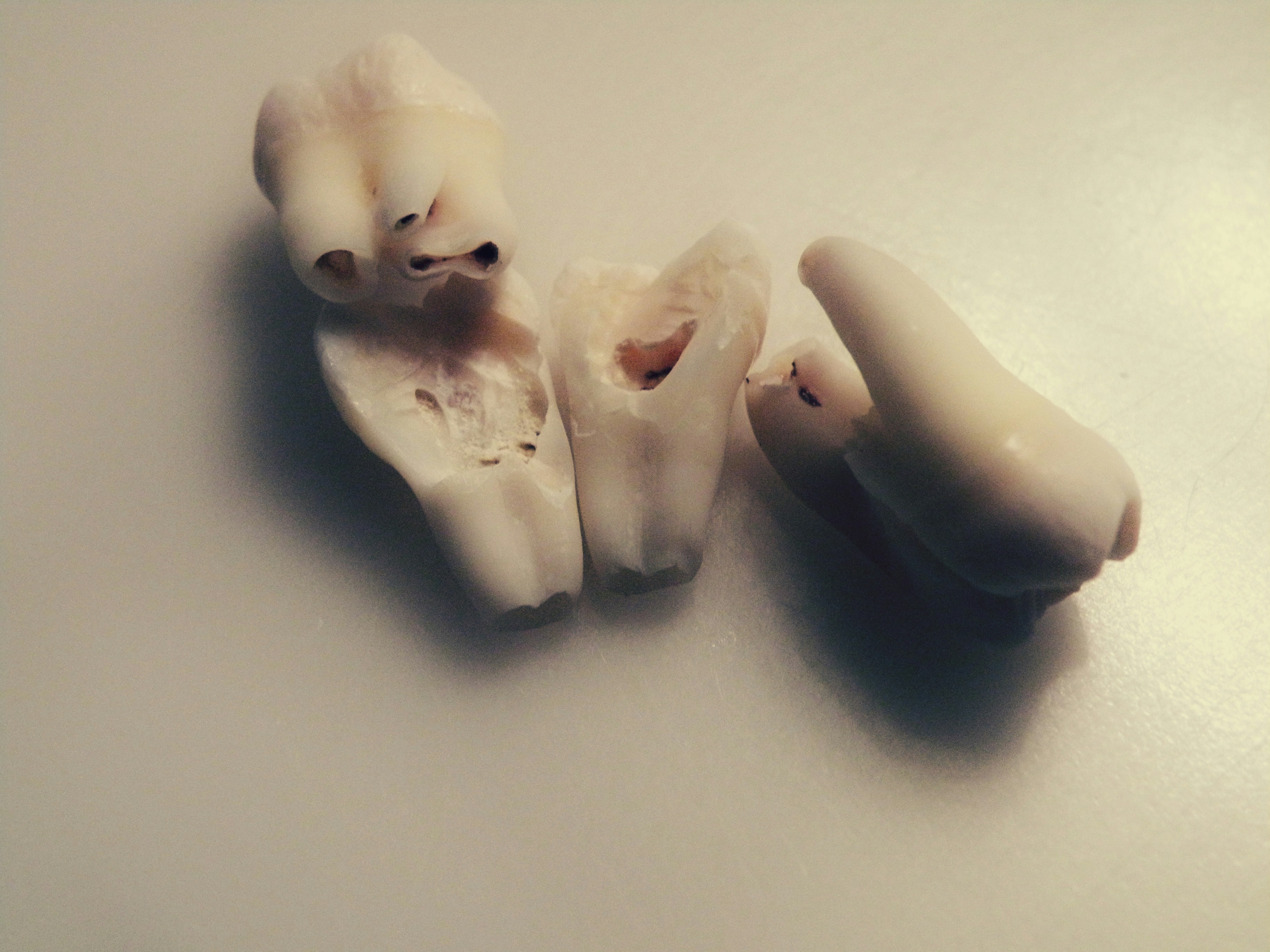
Gold crowns
Gold has been a popular material used by dentists for many years. Beyond being a very strong metal that can last for several years, gold’s ornamental status makes it a top choice for many. However, the rise of biocompatible porcelain dental crowns has made gold crowns less common today.
If you’re considering gold crowns, consider consulting your dentist to ensure you have no metal allergies that may cause problems afterward.
Ceramic crowns
Like gold, ceramic crowns are typically used in dental procedures for cosmetic purposes. Most times, dentists use ceramic crowns to cover any front teeth that need replacement.
Ceramic boasts a higher chance of being recommended as an alternative to porcelain than gold due to its similarity with natural tooth color. Moreover, ceramic crowns are biocompatible and highly durable.
Porcelain fused to metal (PFM) crowns
As the name implies, PFM crowns involve two materials: metal and porcelain. The dental cap has a metal frame encased with a porcelain material, which creates the appearance and feel of an actual tooth.
PFM crowns offer the best of both worlds—durability and aesthetics. Perhaps the only downside to these types of crowns is that the metal portion usually ends up becoming more visually noticeable over time.
Metal crowns
Technically, gold crowns are also metal crowns. However, their unique cosmetic nature and global appeal separate them in many classifications from other materials like nickel, chromium, and zirconium.
Most times, people choose metal crowns when fixing tooth repair in their molar region. While metal crowns can’t boast of having the best aesthetic standpoint, they’re highly durable. They rarely chip or break, lasting the longest in terms of wear, and typically require a small amount of enamel removal.
Dentists may use alternative materials like gold, zirconium, or silver in posterior teeth where chewing and biting occur. However, their unnatural color makes them less preferred than porcelain as a material for creating dental crowns.
Plus, they’re more expensive than other materials, making them less attractive to the average patient.
Read also: 5 Cheap, Best Alternatives to Dental Implants
What Is a Dental Cap?
A dental cap, also called an onlay or an inlay, works similarly to a crown. However, unlike crowns, which cover a tooth’s entire surface, a dental cap only covers a portion of the tooth’s surface area.
Dentists may use a dental cap in treating tooth fractures, decay, or cracks in molars and premolars. Like crowns, dental caps are typically made of porcelain but can be custom-made to match your tooth’s color or preference.
What Tooth Caps and Crowns Have in Common
Both dental caps and crowns are often called “tooth caps” and are made of tooth-colored porcelain, ceramic, or composite resin. Both tooth restoration options are customizable to match the color and shade of your teeth, so they can readily blend in with your smile after placement.
Moreover, both dental caps and crowns could serve a similar purpose of treating decaying teeth, tooth fractures, cracks, tooth trauma, and tooth sensitivity. Both options can last many years if adequately managed, and they, too, may require replacement if they become too worn down.
However, it’s worth consulting with your dentist to see how long they’re likely to last on a case-by-case basis.

Dental Cap vs Crown: Differences
Despite the several similarities between tooth caps and crowns, they have some noteworthy differences that ultimately determine patients’ preferences between them. These differences include:
- The primary difference between dental caps and crowns is the amount of tooth structure they cover. While a tooth cap covers the biting surface and only one or two sides, crowns completely encase a tooth’s total surface area.
- Since tooth caps only cover part of the tooth’s surface, it is a less invasive procedure compared to a dental crown procedure.
- Tooth caps are usually less expensive than dental crowns
- If a tooth cap doesn’t fit properly, your dental health professional can readily remove and replace it. However, with dental crowns, the process could involve more bogus demands.
Read also: 4 Types of Dental Implants: How to Know The Right One For You
When to Choose Between a Dental Cap vs a Crown?
Although both procedures share broad similarities, they have unique features, with their corresponding benefits and drawbacks. Here are the top use cases for dental caps vs crowns.
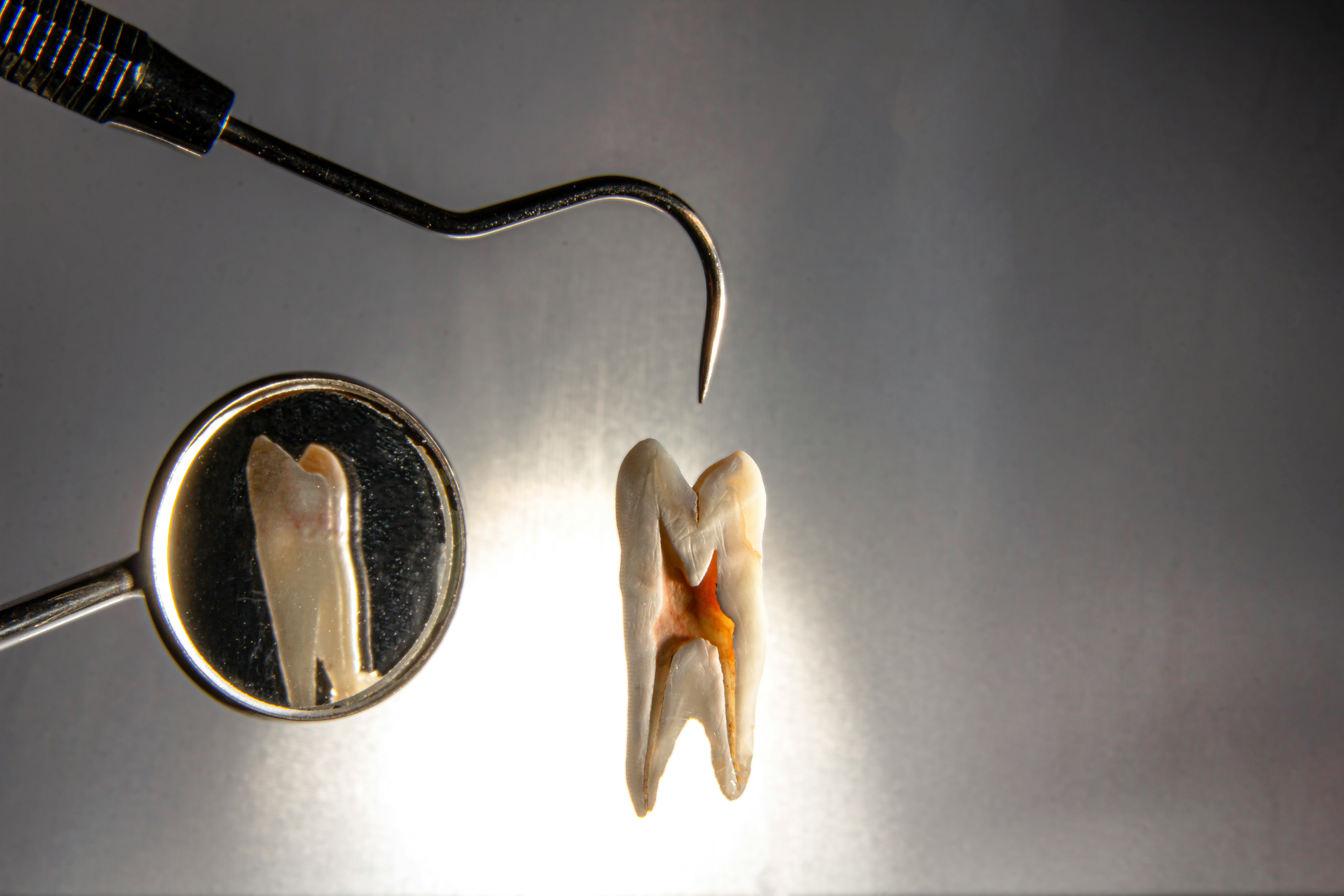
Dental caps
If you have a fractured tooth, decayed tooth, or cracked molars or premolars, a dental cap could be your best option. Moreover, people with tooth sensitivity, tooth trauma, or teeth that have undergone root canal therapy may also fare well choosing this tooth restoration option.
That said, many people prefer tooth caps because they require less invasive treatment procedures compared to dental crowns, since they don’t involve the entire tooth structure. Also, dental caps are more affordable than dental crowns, making them a preferable alternative when the budget can be manipulated.
Dental crowns
A dental crown is suitable for patients who have to anchor a dental bridge, restore an entire tooth structure, or strengthen a cracked or fractured tooth. Moreover, they can serve to protect teeth that have undergone dental implant surgery from further damage.
Although it’s not always vital, dental crowns can be used to protect a weak tooth that has recently undergone root canal therapy. Root canals help to remove an infection from the inside of a tooth and could be the only choice from many dental treatment options besides extraction. Placing a dental crown on such teeth can protect them and help them avoid reinfection.
Since a dental crown completely encases the entire natural tooth structure, it provides extensive tooth durability and protection. Your dentist may use a temporary crown to protect your tooth while the permanent crown is being created.
How Much Do Dental Caps or Crowns Cost?
The cost of a dental crown or cap varies depending on the material used and the degree of dental work necessary before installing the fixture. Dental crowns are generally more expensive than dental caps.
On the side of dental crowns, PFM crowns and metal crowns are cheaper than porcelain or ceramic crowns. However, they are not as durable as porcelain and ceramic crowns.
Various reports show that a regular dental crown could cost between $800 and $2500, depending on the material used. On the other hand, affordable dental caps could cost between $300 and $600.
Read also: Pros and Cons of Having Two Dental Insurance
Conclusion
Dental caps and dental crowns have similar functions of tooth restoration but vary in coverage, durability, and cost. Caps cover less tooth surface, which makes them less expensive than dental crowns. Other factors that may affect the price of a dental cap or crown include the material and the dental process involved.
If you’re still unsure about making a final choice, consider speaking with your dentist, who will examine your tooth and suggest the best options to suit your needs. Your dentist may also take a digital image of your tooth and present several treatment options they think would best suit your tooth condition.

